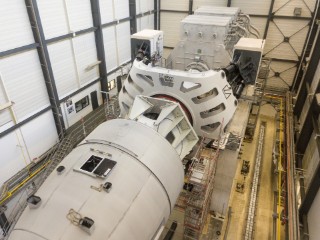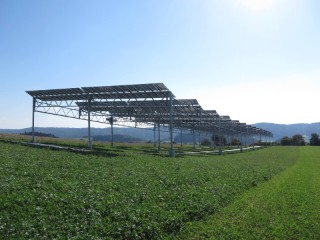Fraunhofer IWES / 2017
Turbine Certification on a Test Bench

The CertBench project is now entering phase two: Further research work and an array of experimental tests are planned in order to establish the requirements for certifying the electrical properties of wind turbines on system test benches: The nacelle of a 3 MW turbine from project partner ENERCON will undergo tests as per the guidelines relevant for certification in the Dynamic Nacelle Testing Laboratory (DyNaLab). Realistic loads and interactions between the nacelle and rotor will be simulated using real-time models and control algorithms on the test bench for hardware-in-the-loop (HiL) operation. The test methods can be validated by comparing the results of the tests with the field data. Accelerated testing under laboratory conditions has the potential to make it significantly easier for manufacturers to plan the market launch of new and modified turbine models.
more info